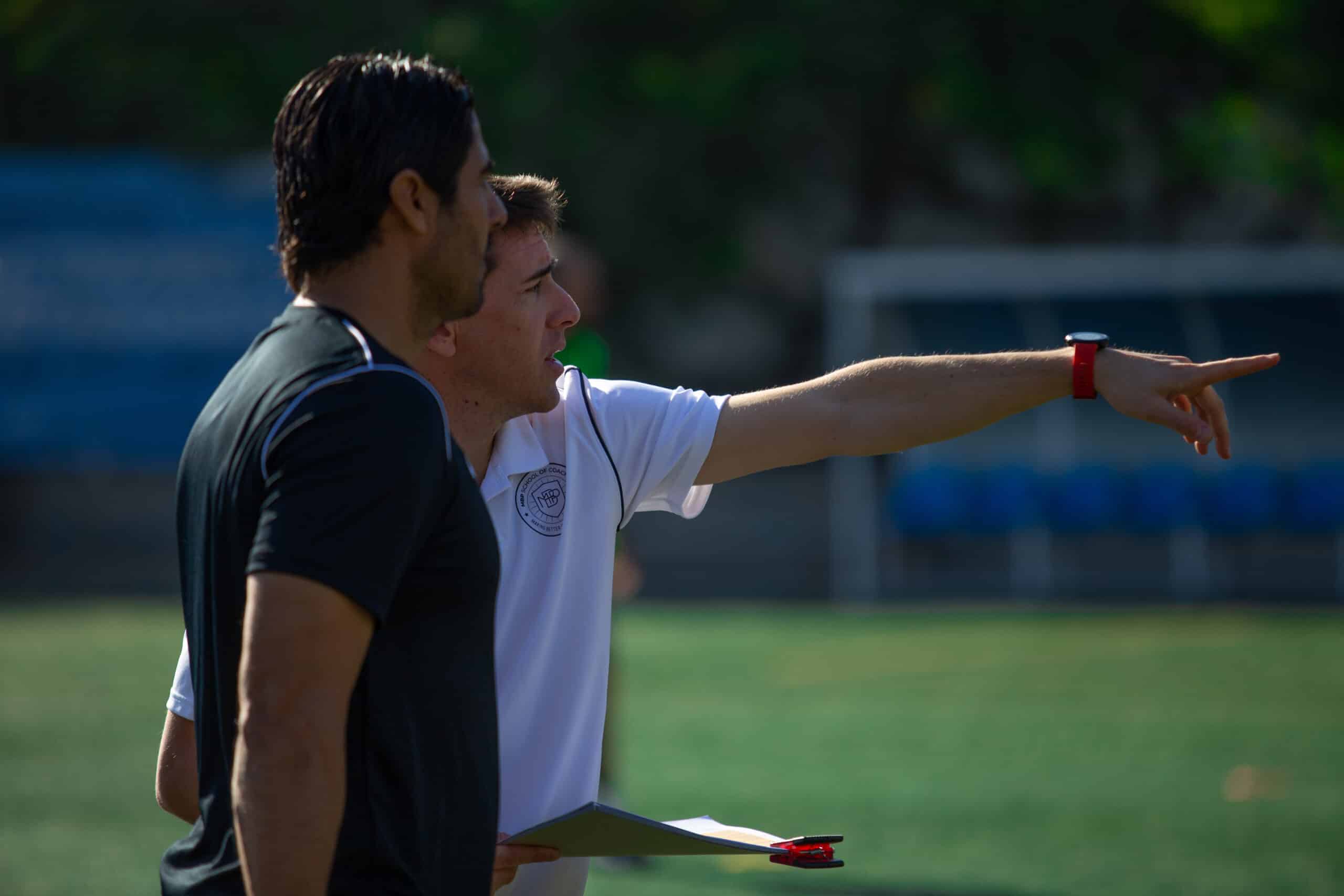The teaching-learning process in sport is a crucial aspect of the holistic development of players. Within this process, contextual quality plays a fundamental role in creating effective training environments that promote optimal learning.
According to MBP (2014), the task is defined as the specific teaching-learning medium for the learning of a particular content. This context is defined by the didactic strategy (DS) chosen, which must be the most appropriate for the type of content to be coached.
DSs, on the other hand, are the set of features that form an overall teaching-learning context and are used to develop one or more types of content. It is important to note that all the characteristics of the didactic strategy, in relation to the optimal training content, create the task to generate the desired learning.
In order to build an effective training environment, it is essential to identify three key elements that must be considered: roles, spaces and rules.
1.- Playing spaces are fundamental to the development of the task, as the proper use of this can influence the appearance and execution of the main concept. Four types are distinguished: useful, restricted, forbidden, and enhanced, each with its specific purpose in the development of the training.
2.- The application of rules on roles can help to promote the emergence and use of the main concept, but it is essential to avoid these rules being excessively limiting and negatively affecting learning.
Moreover, it must be kept in mind that the role that supports the main objective of the task should be free of rules that force the player to perform certain behaviours related to the execution of the task.
3.- Scoring, on the other hand, is a key factor to enhance the emergence of the desired situation and to ensure a greater number of learning experiences that are necessary for the player and also for the coach, thus having more opportunities for correction.
Therefore, different recommendations will be made in order to make the best possible use of it, since just as it can promote the appearance of the situation and therefore the use of the concept, it can also be detrimental and lead to behaviours that are far removed from the situation or even from the reality of the game.
1.- They can be on both roles (attackers or defenders), and even both at the same time.
2.- The use of scoring must benefit the team that is supporting the training content.
3.- They must always be linked to a scoring action so that the internal logic of the game is not lost.
4.- If there is more than one way of scoring in the task, they must not be in opposition to each other.
5.- They must be objective; they must be easily observable in the game, and they must not generate confusion.
6.- The way to score cannot in itself contain the solution to the situation that arises.
7.- No more than 2 or 3 different ways of scoring can be given for the same task. In these cases, less is always more.
In summary, contextual quality within the teaching-learning process is essential to creating effective coaching environments that promote optimal player learning. By considering roles, spaces and scoring in task design, coaches can maximise the potential of their players and facilitate their holistic development in the sporting environment.








